Do you know what an “English vegetable” is? No? Well, it took me a while to figure it out as well! An “English vegetable” is not necessarily one that English people like but one that our local sabziwallahs regard as strange and alien to Indian cooking. So asparagus is an “English vegetable”. So is baby corn. And mushrooms. And so on.
The distinction is not as bizarre as it sounds. Even those of us who eat saag at home don’t use pak choi for Indian food.
We may eat lauki or doodhi but we have little experience of zucchini. Lettuce has been around long enough to be a staple but rocket is still a novelty.
On the whole, “English vegetables” are bought by restaurants or hotels. This is partly because restaurant chefs have different needs from us at home. And partly it is because they have the “vegetarian problem”.
This problem is easily stated. Meat and fish cost more than vegetables. Yet restaurants like to make the same amount of money from vegetarians as they do from non-vegetarians. Given that many vegetarians are canny eaters, drawn from India’s commercially-minded communities, pricing is always a tricky issue. Guests know how much tomatoes cost. They know that gobi costs less than chicken.
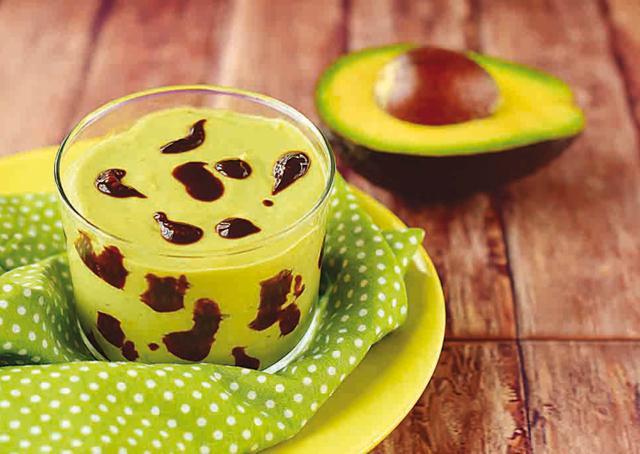
So how can a restaurateur persuade vegetarians to pay nearly as much for a vegetarian meal as other guests are paying for meat and fish? One way is to upgrade the vegetables. A vegetarian will not object to paying through the nose for a salad if he or she is told that the cherry tomatoes were flown in from Amsterdam.
The other is to pack the menu with so-called “English vegetables” whose novelty value will distract the vegetarians from the grim reality that, in nearly every Indian restaurant, the guys eating the vegetarian dishes are subsidising those eating the lobster.
And, let’s be honest, even vegetarians don’t like the idea of going to restaurants to eat bhindi or baingan. They want unusual vegetables that make the meal seem more special. For a long time, terrible canned button mushrooms packed in brine were regarded as glamorous. Soggy, stringy, tinned white asparagus was given pride of place. And artichoke hearts were the ultimate luxury.

Many of these so-called “English vegetables” are now available at metropolitan sabziwallahs so they have lost some of their glamour. And chefs and vegetarians alike have searched for new exotic vegetables to focus on.
Himanshu Taneja, who won my Chef of the Year award in 2016, leads the kitchen team at Mumbai’s St. Regis and keeps me informed of the food trends he has noticed. Last week, when I was briefly at the St. Regis, Himanshu asked me why I had not written anything about avocados.
Avocados? Why would I write about avocados? I was curious that Himanshu regarded this as a subject worth covering. “It is the new hot food”, he said.
Himanshu always has his finger on the pulse of the market so I made him tell me why he thought avocados were so hot.
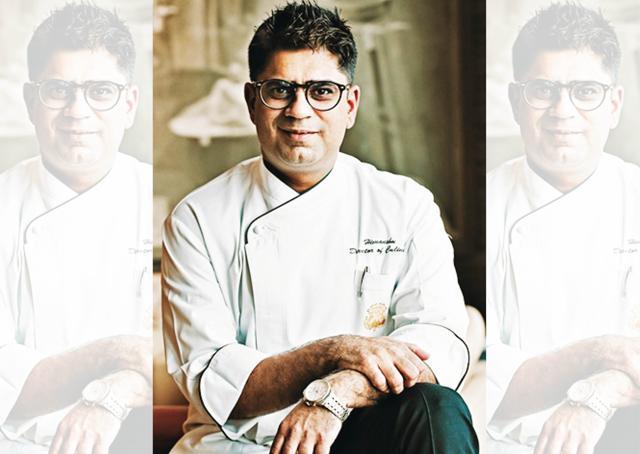
His answer had to do with demand. It started, he said, with the craze for avocado toast, a global fad that I am familiar with.
‘Nutritionists’ have encouraged people in the West to give up on eggs for breakfast and eat avocados on toast. As is true of all fad foods, a variety of health benefits have been claimed for the avocado. (“It will make your skin glow. It is good for your heart. You will get an instant energy boost . The opposite sex will find you irresistible.” Oh ok. I made up the last one. But you get the drift… )
But now, says Himanshu, guests at upmarket hotels and restaurants demand avocados on everything. They want avocado tacos. They want avocados in kulchas. They want avocado sushi rolls. How about avocado tartare? Avocado mash ? They love avocado chaat. They even enjoy avocado tiramisu. (Yes, really!)
Himanshu is a super talented chef so he has no difficulty in creating new avocado dishes, especially for banquets and buffets. But even he is startled by the way in which the avocado craze is sweeping Mumbai.
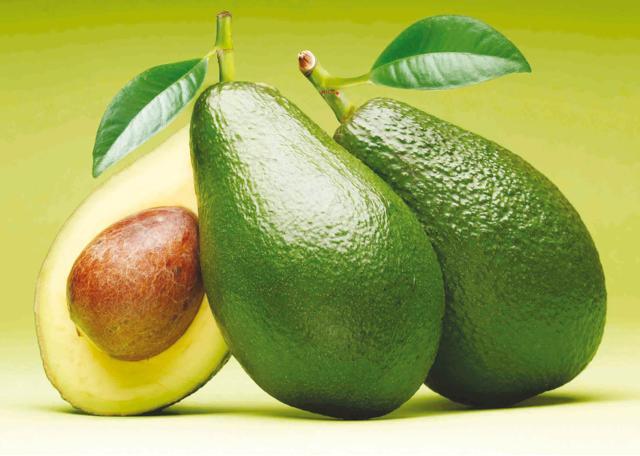
On the flight back to Delhi after my encounter with Himanshu, I kept trying to work out why the avocado was such a big deal. My previous experience of avocados was limited to Avocado Vinaigrette, a starter popular in restaurants in the 1970s. Chefs loved it because all you had to do was cut the avocado in half, throw away the stone and fill the cavity with vinaigrette. And then, of course, there was guacamole, the ancient Aztec dish based on mashed avocados, tomatoes, onions, coriander and chillis which has travelled the world as a dip and bar snack.
But, as far as I remembered, the 1980s orthodoxy was that the avocado was not particularly healthy. It was one of those fruits that people were told to avoid if they did not want to put on weight.
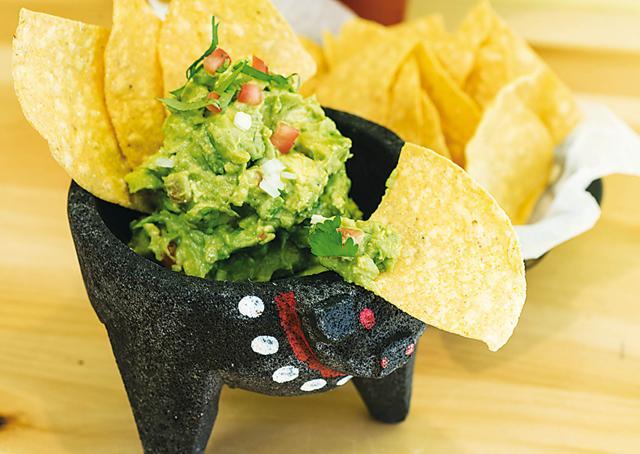
So when I got back to Delhi, I did little digging. Yes, the avocado is a member of the pear family (Persea americana) and has been cultivated in South and Central America (and the islands off the coast) for thousands of years. There are three principal kinds of avocado: Mexican which is small and was named ahuacatl by the Aztecs because it looked like an ahuacatl, or testicle; the Guatemalan which is darker in colour; and the larger West Indian. Now, of course, there are hundreds of hybrid varieties.
People will tell you that they like the avocado for its taste which, frankly is a load of ahuacatl. People like the avocado because of its fleshy texture and because it has a mild flavour that lends itself to most kinds of seasoning.
The secret of the avocado’s popularity, however, is its fat content. Up to 30 per cent of each avocado is oil or just fat. This is a huge proportion – olives, for instance rarely have more than 15 per cent fat.
Most cooking uses of the avocado have focused on the fat content. When you make trendy avocado toast, for instance, all you are doing is replacing the butter on your toast with avocado fat. In California, they started putting avocado in sushi rolls in the 1970s to mimic the fattiness of the more expensive tuna belly. When people put avocado into kathi rolls, as is now fashionable in Mumbai, what they really want is a roll filled with fat. The flavour comes from the other ingredients.
So why is the avocado a health food?
Well, because doctors keep changing their minds. In the 1970s they told us to steer clear of fats and as the avocado was the fatty of the fruit kingdom, it fell into disrepute. Then, the orthodoxy changed again. Doctors began to advocate vegetable and fruit fats over animal fats. So butter fell out of flavour and olive oil became the rage. Clever marketers tagged the fat content of the avocado into the olive oil category. It is also an unsaturated fat and was said to be healthier than dairy.
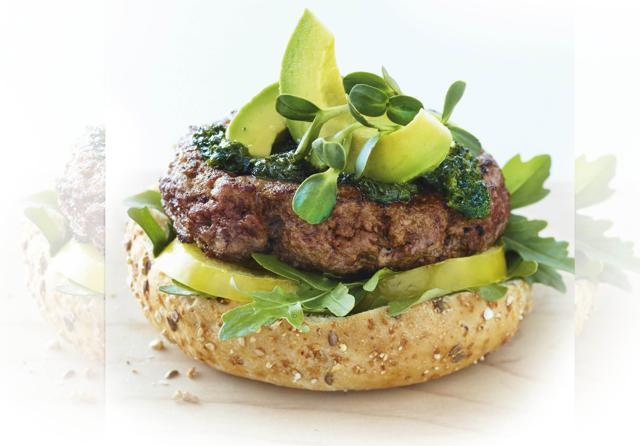
You can, if you choose, believe all of the heath claims made for the avocado. But there are two things you should know. The first is that doctors have, once again, changed their minds about dairy fat. Now, they say that its not bad for you provided you don’t overindulge. And the second is that all fat – whether good, bad, animal, fruit, dairy etc. – is still fat. So if you think that avocados will keep you slim, then you might want to rethink your diet.
It is worth mentioning also that avocados are not cheap. There are local suppliers (I have seen them on sale in Bangalore as far back as the 1980) but restaurant chefs complain that quality can vary and supplies can be erratic. Himanshu imports his avocados and pays around ~ 200 per avocado. That is a lot of money and he gets a wholesale price. High quality imported avocados can be even more expensive in the shops.
So, should you join the avocado craze?
Well, it is entirely up to you. If you like them and you can afford them, then there is no reason why you should not eat avocados.
But if you are eating them thinking that they are a super-food or that they will make you healthier, then tread cautiously. Fads come and go. And this one will follow the same pattern.
Eventually, I suspect the avocado will go back to the status it once enjoyed: as an “English vegetable” that we may consume occasionally (like say, asparagus).
Super foods can lose their super powers superfast.
From HT Brunch, March 11, 2018



